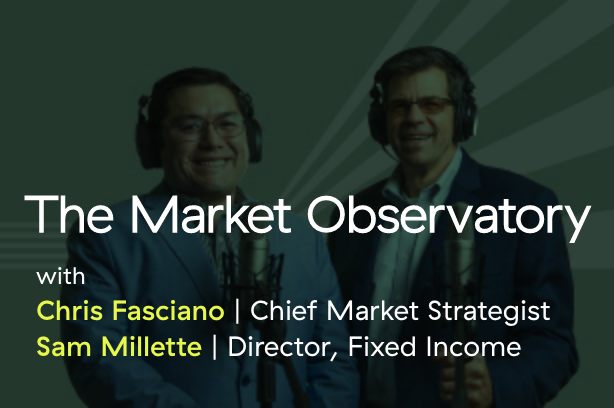I have had a number of questions recently about inflation and what that means for the Fed and interest rates. The general assumption seems to be that inflation is about to rise sharply and that the Fed will be forced to raise rates to control it, with the usual panoply of devastating side effects. The taper tantrum gets mentioned frequently, as when rates rose sharply and derailed stock markets after the Fed suggested it would tighten policy.











